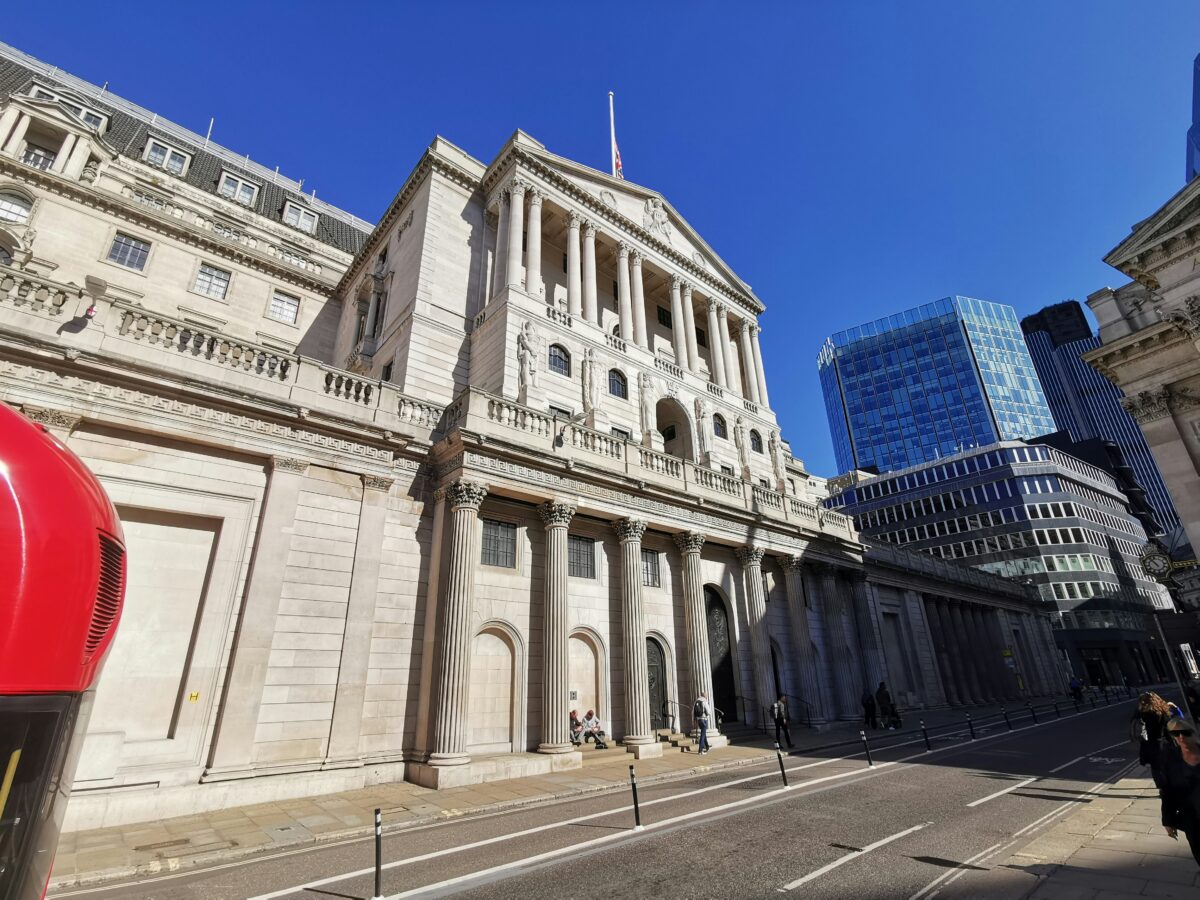By Ashok Bhatia, co-CIO – fixed income at Neuberger Berman
Rates are on their way down – so why are investors lining up for these floating-rate securities?
The U.S. Federal Reserve just gave us a double-sized interest rate cut. November will see another 50 basis points come off the fed funds rate, if market pricing is to be believed. We anticipate two more cuts of 25 basis points this year.
In other news, we have seen a significant increase in client demand for floating-rate investments – everything from senior loans and private credit to the various tranches of collateralized loan obligations (CLOs).
Rates are going down, but investors want floating rates. If that sounds strange to you, read on.
Wider Spreads
One explanation is that, while rates are going down, very few people believe we are on our way back to the zero rates and flat yield curves of the pre-pandemic, post-Global Financial Crisis (GFC) years. Indeed, we think the rates markets are too pessimistic about U.S. growth and that the Fed will cut less and more gradually than investors expect.
Even if you agree with the market, however, and are preparing for a long-term neutral rate around 2.75% – 3.25%, that would still leave you with relatively attractive all-in floating-rate yields. Moreover, you would be starting with wider spreads than equivalently rated fixed-rate bonds, due to the liquidity, complexity and ”lack-of-familiarity” premia that remain associated with certain floating-rate markets. These premia build somewhat of a cushion into all-in floating-rate yields as their risk-free reference rates decline.
Floating-rate capital markets such as senior loans and CLOs are now comparable in size with the high yield bond market, but they were quite small before the GFC, which means they have a limited track record in a “normal” interest-rate environment. Even so, it appears investors recognize that they are a very different and more attractive prospect when rates are falling from elevated to normal levels.
Credit Enhancement
The other explanation is that, yes, rates are coming down, but they are coming down because of concerns about a slowing economy, and credit investors are seeking protection.
Compared with other bond market securities, floating-rate investments are generally more senior in capital structures, more likely to be secured against assets or cash flows, and more likely to come with investor-friendly protections and covenants.
We sense this is an important reason why CLOs are getting particular attention – which may surprise those who still associate CLOs with the GFC and the fallout from collateralized debt obligations.
Risk-aware investors recognize that CLOs take the seniority of loans themselves and provide additional credit enhancement via their structures. These structures bring a diverse portfolio of loans together with coupon payments to the various tranches agreed and paid on a waterfall basis; the top tranches receive lower coupon payments, the bottom tranches receive higher coupon payments, and whatever is left over is paid to the CLO’s equity holders. That means that loan losses must be bad enough for the tranche holders below you to get nothing before your tranche is impaired. These structures effectively take the benefit of diversification and amplify it.
In a typical structure, even the riskiest, BB rated tranche will have 8% of subordination in the form of first-loss equity below it. A BBB rated tranche will typically have 12% of BB and equity capital below it. That is why, according to Standard & Poor’s, the cumulative, full-lifecycle default rate on BB CLO tranches has been just over one percent, which is only four basis points, annualized. And despite this credit enhancement, JPMorgan data suggests that CLO mezzanine tranches have tended to trade at a 200 – 300 basis point premium to equivalently rated bonds.
Virtuous Cycle
CLOs have always exhibited this attractive track record on defaults and capital loss. Even during the GFC, when prices on securities that were transacted showed enormous volatility, investors who held on experienced no cash losses. The same can be said of high-volatility episodes since, in the energy crisis of 2015 – 16 and at the start of the pandemic.
As floating-rate markets in general get bigger and more mainstream, we believe some of the volatility in CLOs will ebb as we see more buy-and-maintain investors, as well as sophisticated investors ready and willing to buy on dips. Lower volatility is likely to lead, in turn, to bigger portfolio allocations, creating a virtuous cycle.
The flipside of this mainstreaming of the asset class is likely to be a compression of its volatility, liquidity, complexity and lack-of-familiarity premia. Eventually, we believe it should price more in line with better known fixed-rate markets.
But that is in the future. Today, CLOs and other floating-rate investments remain highly attractive next to their fixed-rate equivalents, even when a decline in rates is factored in. And that is why investors are lining up to add them to portfolios even as the Fed is mapping out its path to lower rates.







